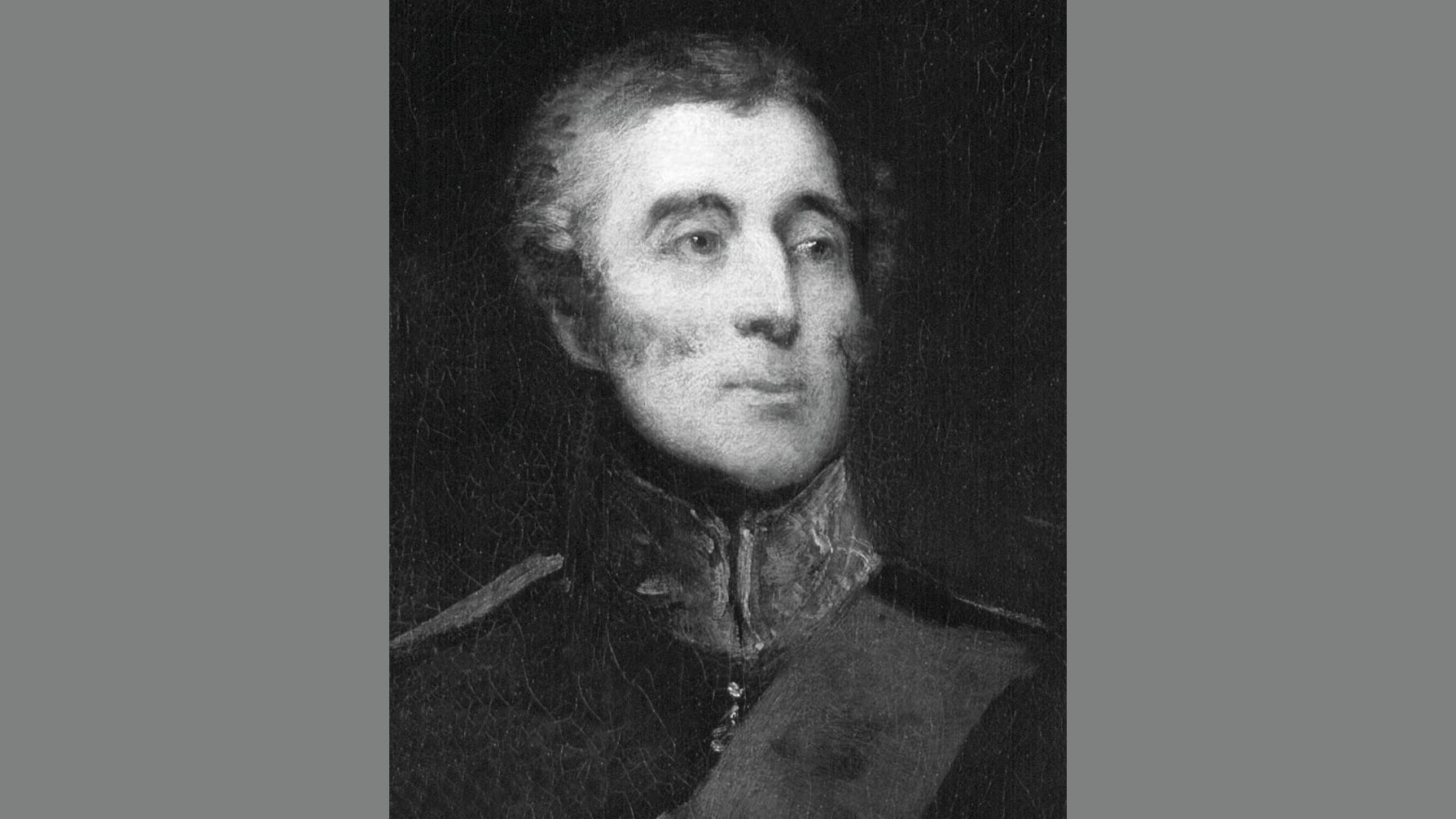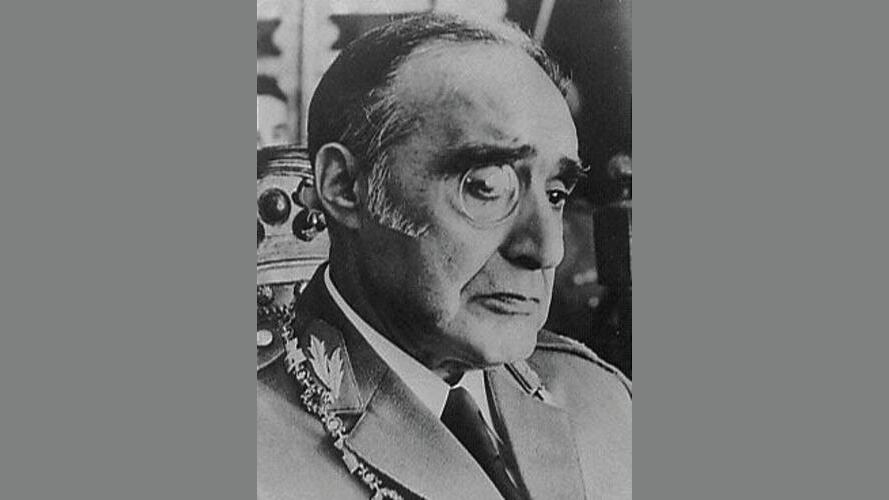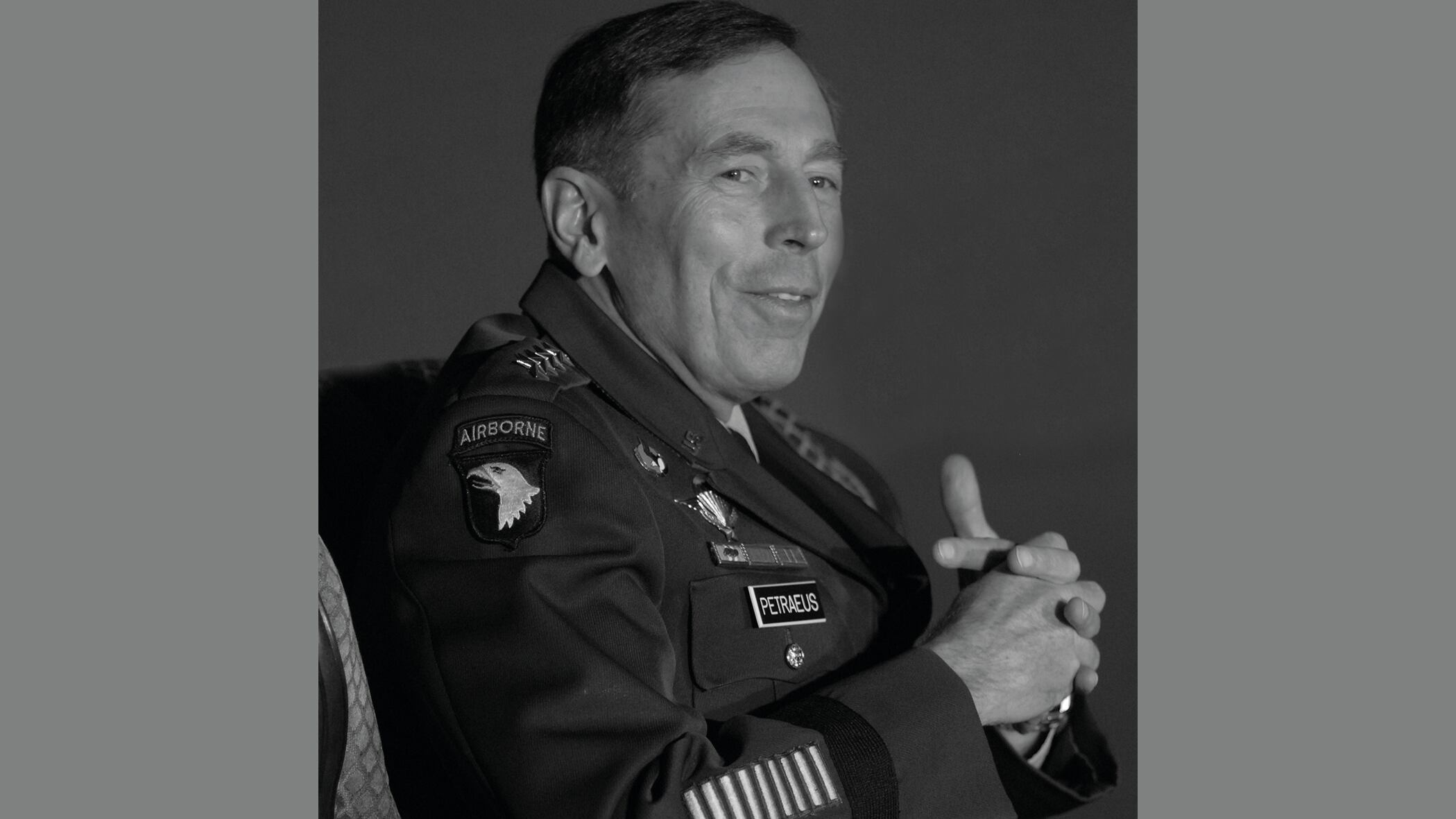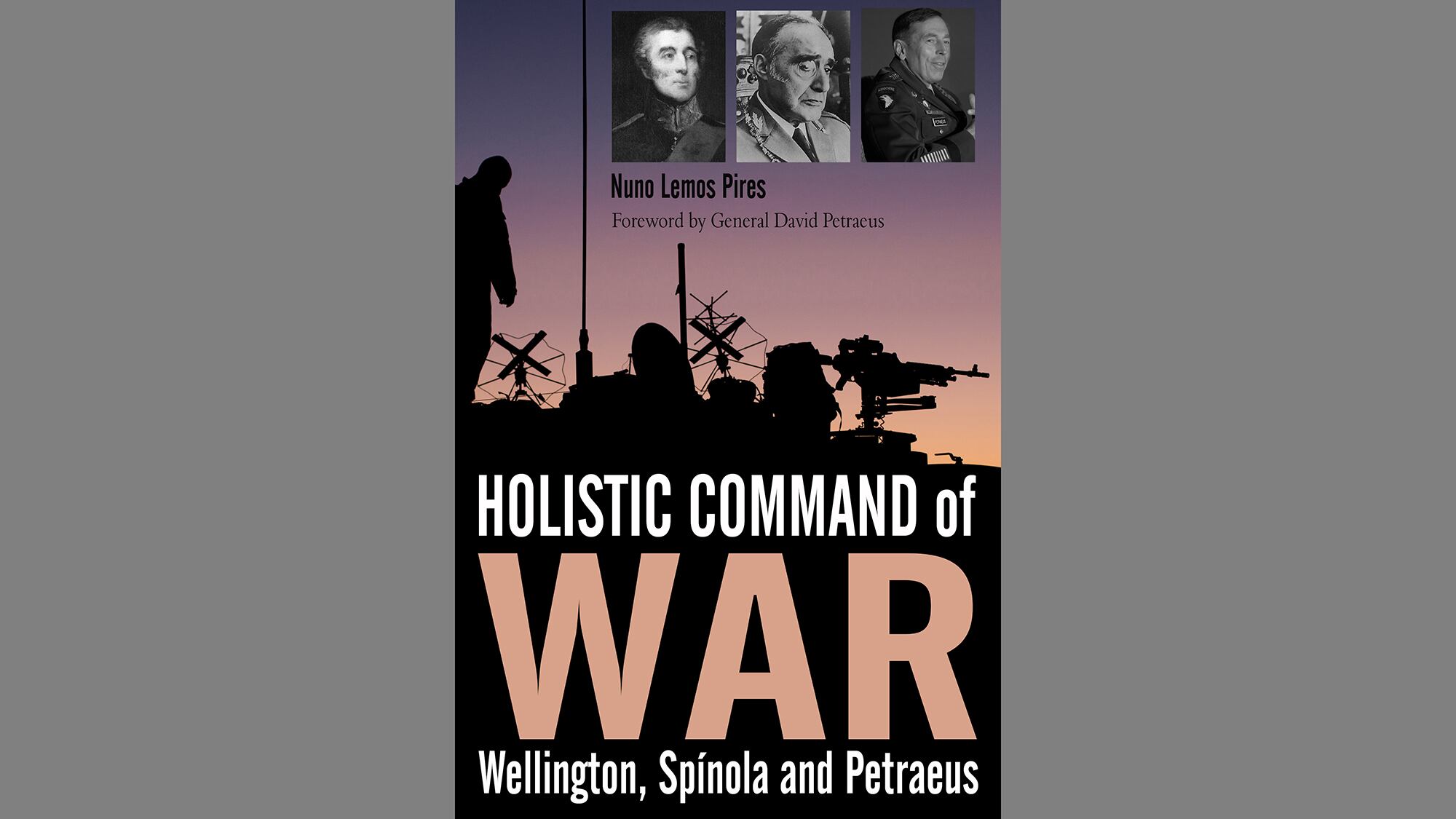Introduction
In a very simplified way, I wish to highlight six major findings that I have come across with respect to the major problems encountered by many entities involved in recent conflicts:
• the difficult articulation and coordination between security forces (of the police type), defense forces (Armed Forces – Navy, Army, Air Force) and paramilitary forces (militias, private security companies);
• the lack of convergence between the goals, interests and limitations of the various countries and those of international organizations (NATO, the EU or the UN), between those of individual countries, and between those of international organizations also considered individually;
• the lack of a unity of effort that could allow for the implementation of a “comprehensive approach” between states, international organizations and governmental and non-governmental organizations;
• the difficult articulation between development policies and strategies of security enforcement and of support to the setting up of forces and structures with civilian and military components;
• the lack of consistency between the policies adopted by governments, international organizations or alliances and the strategy implemented by operational decision makers in theaters of war;
• the lack of coherent and integrated planning as to what is needed before, during and after a war situation.
Although coordination mechanisms exist and are provided for, no command-and-control systems are established that can effectively ensure a unity of effort between all the different entities involved in a war situation, that is, no system has been designed that can ensure an effective holistic command of war.
It has been my intention therefore, through this study, to try and develop a general theory that might assist in the establishment of a holistic command of war. In addition to presenting theory, I have felt the need to resort to the “laboratory” of history to prove its validity.
I have thus studied some examples from the past, which (despite the historical, geographic and political differences between them) are of help in the endeavor to find a suitable way to develop a holistic command for war. To illustrate and understand this, I have chosen three distinct points in time in modern history.
The criterion behind the selection of these periods, and in particular of specific commanders, has been the existence of some of the necessary conditions for an effective exercise of holistic command. Other case studies could have been chosen, which, in a similar way, might have helped to prove the general theory. In any case, one must consider that, as the author of this work, I have dedicated part of my academic study to these three periods and that there are also additional reasons for these choices, as I will explain below. I deal here with the main reasons that have led to the choice of each of the three commanders and of their respective campaigns.

Wellington tried, from the beginning of the Peninsular War (1807–1814), to exercise command and control all the forces fighting in Portugal. By 1809, he was already the allied operational commander and had, under his command, Portuguese and British forces, regular and irregular forces, and exerted a major influence over their civilian components. He was able to achieve all this with the help of a British general in charge of the Portuguese Army, Beresford, and by means of the excellent connection he had with the representative of the Portuguese Government in Lisbon, Miguel Pereira Forjaz. The development of the Anglo-Portuguese army and of the regular and irregular forces, their continuous coordination/articulation with the various governments which they depended upon, the British in London and the Portuguese in Lisbon and Rio de Janeiro, and the performance of all the forces and of the civilian population, are some of the key aspects that help understand the allied success in expelling the French forces from the Iberian Peninsula. Wellington, in contrast, fought hard to obtain the command of the Spanish forces, which was only given to him in 1812, and practically never managed to control their irregular forces, i.e., the guerrillas. His relationship with the government established in Cadiz was a troubled one and, in turn, the Spanish rulers also struggled hard to achieve a unity of effort between the various Spanish forces fighting in Spain. Finally, an analysis of the point of view of the opponent, France’s Napoleon Bonaparte, shows that Wellington could count on an adversary who, faced with an environment of generalized subversion, both in Portugal and in Spain, never found an effective way to coordinate efforts between the various French marshals and generals. Napoleon was only in the Iberian Peninsula for two of the 70 months that the Peninsular War lasted and, during the remainder of this period, never agreed to appoint a single commander or to delegate upon a single individual the operational coordination of the French Army in the Peninsula. Even the representative of Napoleon in Madrid, his brother Joseph, hardly ever took on that role and, when he exceptionally tried it, was never respected by the French marshals and generals. So, if there was any coordinated and comprehensive command, it was on the Anglo-Portuguese side, led at the top by Wellington.

As Governor and Commander-in-Chief of Guinea-Bissau (1968–1973), General Spínola had a comprehensive “military staff” representing various areas of governance and of military leadership proper. This allowed him to have a convergent command of all the actions by the armed and security forces, and by the civilian and military components and their government.
He managed not only to centralize command, but also to delegate and assign responsibilities on the regional and local levels within Guinea, thus achieving, it should be noted, an effective approach with the people. The group of officers who collaborated with Spínola put in practice concepts that incorporated a new Portuguese military doctrine, with respect to the relationship with local people (they were at the core of the so-called “countersubversive war,” in accordance with a doctrine in force in the Portuguese Army, The Army in the Subversive War). Another important aspect was the development of African forces and elites in Guinea, which, by the later years of the war, already were a significant part of the overall effort. Much as had been the case with Wellington, Spínola’s command action was more than just purely military action. Both these generals included in their action a strong political component, without which a holistic and comprehensive command with the necessary unity of effort between the various civilian and military components could never have been achieved. However, as we shall see, the consistency between the policy adopted in Lisbon and that which Spínola carried out in Guinea gradually eroded, both policies having shifted in opposite directions, to the extent that they would come to a breaking point in 1973.

General Petraeus has retrieved old concepts of countersubversion, many of which were used in the Peninsular War and in the wars in Indochina and Vietnam, Algeria, Malaya, Kenya and various other territories in Africa. These helped him draw up a new doctrine of counterinsurgency, which he then put in practice, as Commander in Iraq (Commanding General, Multi-National Force – Iraq, 2007–2008), as Commander of the US Central Command (CENTCOM US, 2008–2010), and as Commander of the ISAF (International Security Assistance Force, 2010–2011) and of the US forces in Afghanistan. He very clearly looked for unity of effort, for a holistic view on the conduct of war, which is sometimes compared with “comprehensive approach.” He placed a strong emphasis not only on coordination between the various civilian and military components on the ground, but also on harmonization of strategies (including the strategy named “Anaconda”) between the various organizations, countries and alliances involved and, finally, on the development of the armed and security forces of the affected countries, Iraq and Afghanistan, which were also a fundamental part of the recommended solution.
We will see in this book, of which this brief summary shows only a very small part of what I aim to study and analyze, that many challenges arise, which must be overcome in very complex environments. In any case, history does help in the search for elements that support the development of the general theory which I wish to present, even if the historical contexts under analysis are very different.
Starting out from the more general framework of policy and of the adopted strategies, I aim, for the purpose of identifying the various initiatives taken, to study how it was possible to obtain a necessary unity of effort between all the civilian and military components, of security and defense, of cooperation and development, national and international, governmental, non-governmental and private, which were to lead to converging results in the resolution of certain situations of war.
In order to achieve a holistic command, and therefore a necessary unity of effort, one must ensure an articulation, a coordination and, desirably, a convergence of all participants in a warfare scenario. For that purpose, it may be necessary to change the way they think and structure their various actions, and to ensure whether they think about policies and strategies before, during and after the war, how the many organizations involved organize and interact, and finally whether they ensure a permanent all-inclusive participation and consistency of action from the highest political levels and echelons to the strategic, operational and tactical units on the ground.
The choice of these three moments of history and of the action of these three generals is aimed at analyzing and identifying common points and differences in the chosen strategies within the specific contexts, the specific types of conflict and the specific political realities of the different periods.
One of the problems I have sought to avoid by analyzing three different periods in time has been anachronism, that is, the use of actual concepts to analyze events or facts of other eras. Hence, rather than simply comparing different actions and times, which is not the aim of this work, I have focused on the study of each era in the search for distinct and complementary activities that can help develop and confirm the general theory. One aspect that is common to all three cases is the holistic, comprehensive manner in which all these generals conducted their operations, including through the use of the tools at their disposal, in the coordination systems which they encountered and/or created and in the way through which they actually applied them. In each of the three cases certain elements were specifically looked for, which are pointed out here.
With Wellington, I tried to find / deduct a British global strategy, which was not identical to that of its allies, the Portuguese or the Spanish. It was possible to infer the overall strategy defined by the English and the holistic way through which it tried to develop it and put it in practice on the ground, with a large control of the various economic, diplomatic and military strategies. In the narrow field of military strategy, I tried to understand the comprehensive inclusion of regular and irregular forces in fighting operations, the effects of these on local people and the collaboration of the latter in the overall effort.
With Spínola, I tried to understand the problems in coordinating the policy and overall strategies of the Portuguese state with those which the General advocated for Guinea. In a countersubversive war, in a broader context than that of the Cold War, Spínola had, as Governor and Commander-in-Chief, the tools for civilian and military coordination, but found it very difficult to reconcile his options with those of the political power which he represented and from which he depended. But, here also, there was an attempt to follow a holistic view in conducting war, to find ways to make the various partial strategies taken in the military, political, economic and diplomatic fields converge.
Finally, with Petraeus, who personified the putting into practice of a new strategy for Iraq and then, more broadly, for Afghanistan, I have sought to identify the same concerns which I have referred in the other cases: the attempt to make the various civilian and military components converge, to coordinate the various partial strategies and to find a compromise between a global strategy defined by several distinct political entities, that of the government and that of the other nations that formed alliances, coalitions and international organizations represented on the ground. In the case of Petraeus, it has been possible to further observe, with more intensity, the existence of concerns with solving situations created by the lack of long-term policies that did not take into account pre-conflict, in-conflict and post-conflict considerations.
“Holistic Command of War: Wellington, SpÍnola and Petraeus” is available for purchase.
Nuno Lemos Pires, Army brigadier general, Ph.D. is currently assigned as defense policy deputy director at the Ministry of Defense, and professor at the Portuguese Military Academy in Lisbon, Portugal. He holds a Ph.D. in history, defense and international relations, a master’s degree in military science, a postgraduate degree in military history, a BA in human resources management, and a War College diploma. He had served in several units including: as platoon and company commander at Infantry School; as military history and strategy professor at the PRT War College; as intel officer in NATO Rapid Deployable Corps – Spain; as MA to the commander at Joint Command Lisbon; as mechanized battalion commander in the PRT Mechanized Brigade; and as training director at the Combined Arms School. He has seen service in Mozambique, Angola, Pakistan and Afghanistan.





